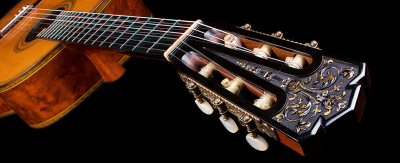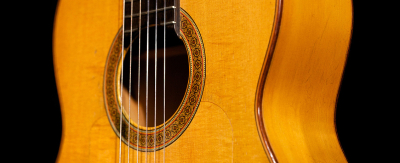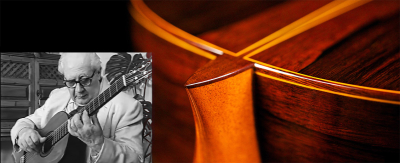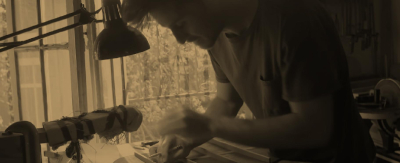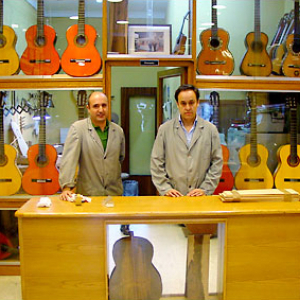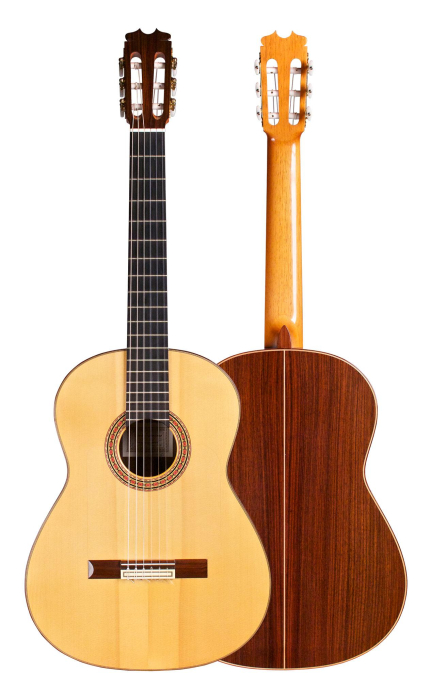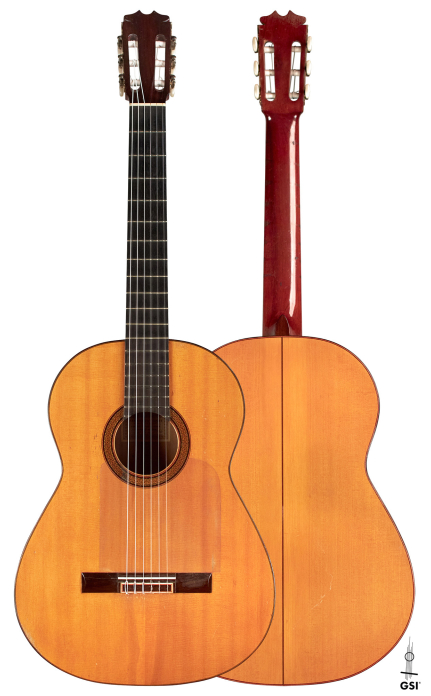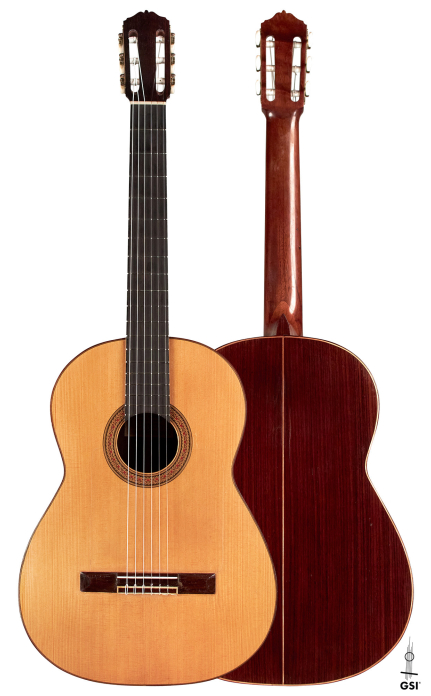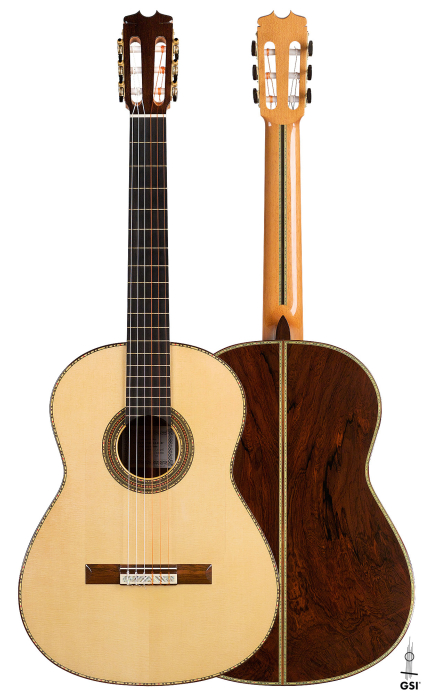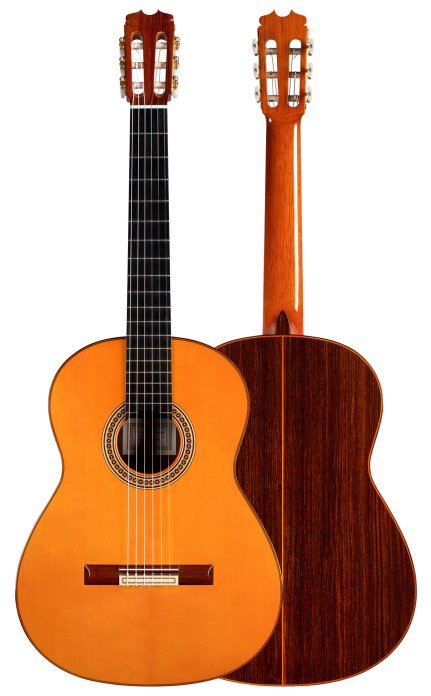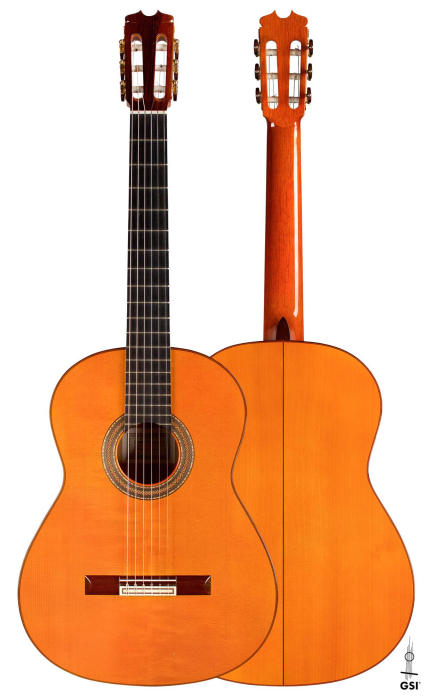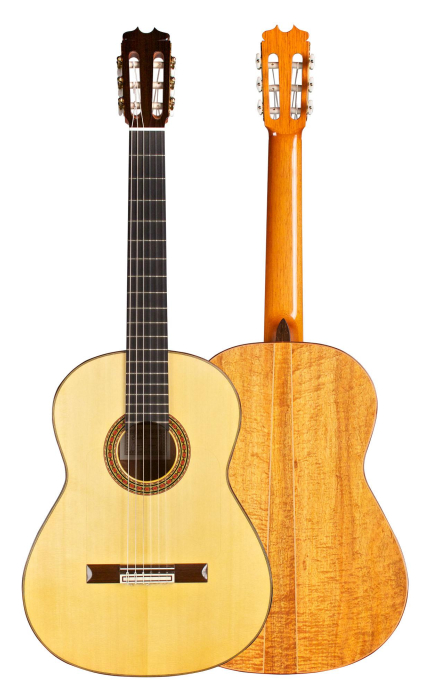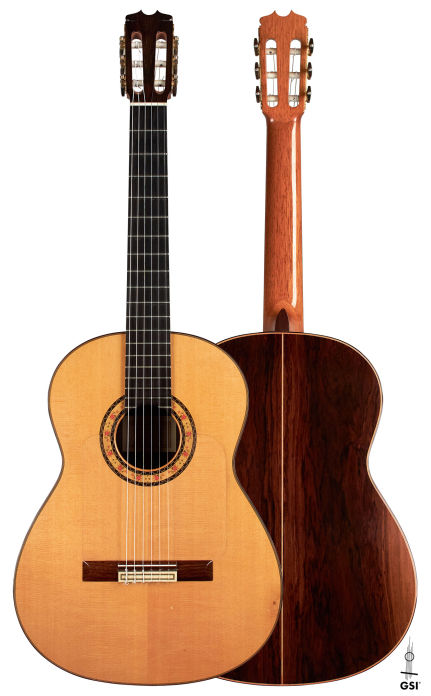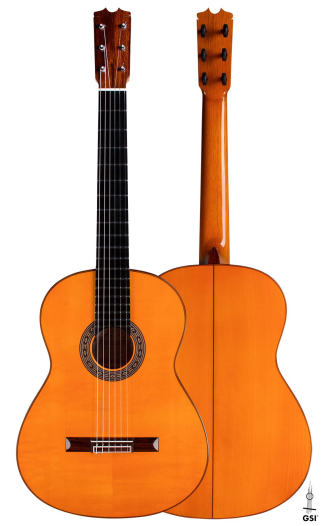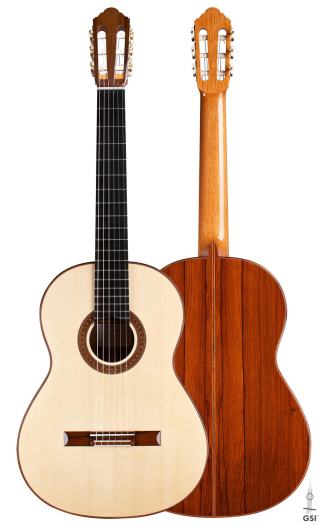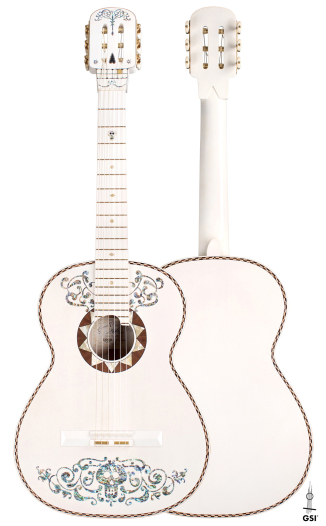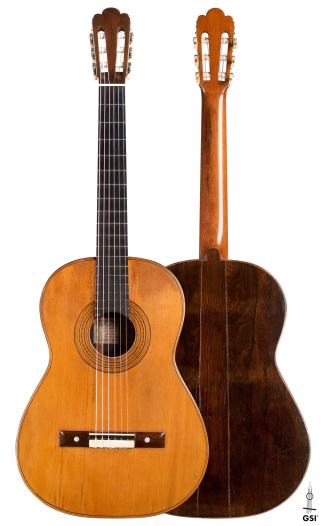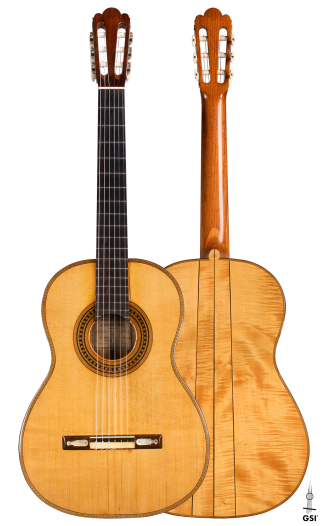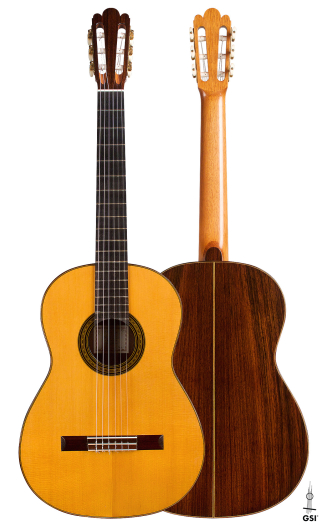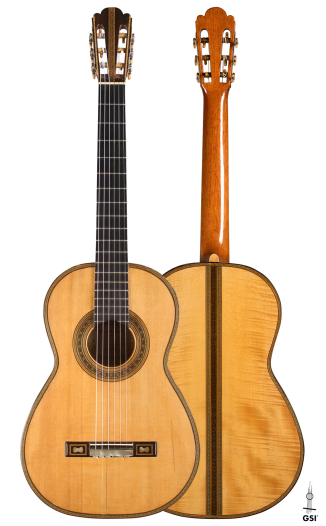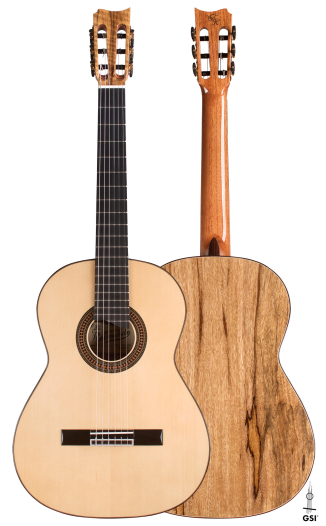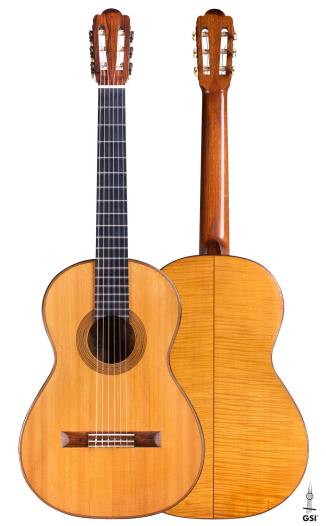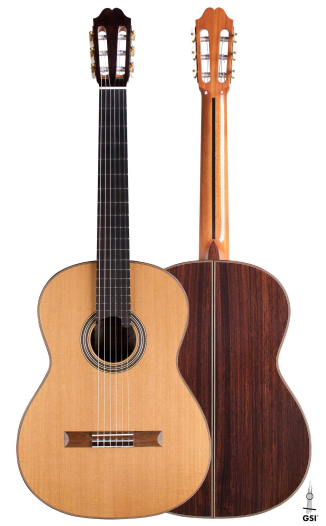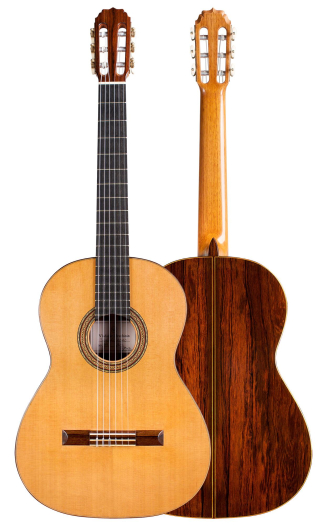The story of the Conde Hermanos workshop dates back to the early 20th Century. For the first time, a breach began to appear in the world of guitar building, and two distinct instruments were taking shape. These instruments evolved into what we today know as the classical and flamenco guitar.
Several of the luthiers that worked in the workshop of Manuel Ramírez proved instrumental in the development of these two different instruments. Among them was a man by the name of Domingo Esteso.
Domingo Esteso was trained at the workshop of Manuel Ramírez, along with Santos Hernández, Modesto Borreguero, and possibly Enrique Garcia. But in the year 1915, he branched off and established his workshop at the now-famous address of Gravina 7, in Madrid, Spain. A few years later, two of his nephews began an apprenticeship under him: Faustino and Mariano Conde.
In 1937 Domingo Esteso passed away, leaving the workshop to his two nephews. To preserve the tradition as well as the prestige of the family name, the guitars built immediately after 1937 bore the label “Viuda y Sobrinos de Esteso” (Esteso’s Widow and Nephews). The word “Viuda” (Widow) appeared first as a form of respect for Mrs. Esteso. When she passed away in 1958 the label was modified once more, and this time it read “Sobrinos de Domingo Esteso” (Esteso’s Nephews); under this, in small print, was the surname “Conde Hermanos” (Conde Brothers). Thus, the now-famous name appeared in the world of the flamenco guitar for the first time.
The reputation of the Conde Brothers steadily grew, and their instruments became highly sought after the world over. Their guitars were used by the likes of Regino Sáinz de la Maza, Melchor de Marchena, Esteban de Sanlúcar, Mario Escudero, Sabicas, Niño Ricardo, Paco de Lucía and Juan Martín. Not only that, but players from other parts of the world used their guitars as well, among them: Al Di Meola, John Maclaughlin, Bob Dylan, Leonard Cohen, Toquinho, Tonino, and Alirio Díaz.
With the passing of Faustino in 1988, and Mariano in 1989, the legacy is now carried by Mariano’s sons: Felipe and Mariano Jr. Many changes have undergone the workshop, even before the passing away of Faustino and Mariano Sr. Among other things, during the 1970s the label was once again modified, this time to read “Conde Hermanos” (“Conde Brothers”) and beneath that, in smaller print, “Sobrinos de Domingo Esteso” (“Domingo Esteso’s Nephews”). Perhaps more importantly, in December of 1979 a second workshop was opened, this time at the address of Felipe V, no 2, in Madrid, Spain. Even though this became the workplace for Mariano Sr. and his two sons, both workshops were still part of the same operation. But with the passing away of Faustino in 1988, Mariano Sr. and his two sons, Felipe and Mariano Jr., decided to maintain the operation at the new address of Felipe V.
With the passing of Mariano Sr., the torch has now been passed on to his sons, Felipe and Mariano Jr. They currently work at the Felipe V address, and proudly carry the tradition of their forefathers. The quality and reputation of their guitars have become such, that in 1991 the Spanish Royal House acquired one of their guitars to give as a gift to the Heir to the Crown of the Japanese Imperial House, during an official visit. Among some of the current players who use Conde guitars are: Enrique de Melchor, Cañizares, Moraíto, Oscar Herrero, Angelo Gilardino, Roberto Morón, Rafael Riqueni, Gerardo Núñez, Lenny Kravitz, David Byrne, and many more.

